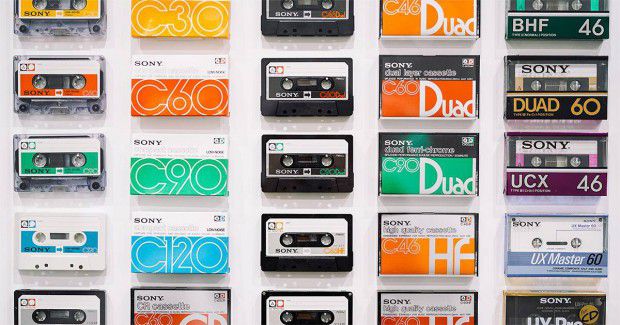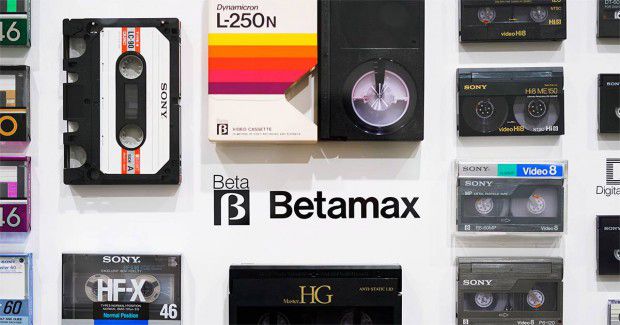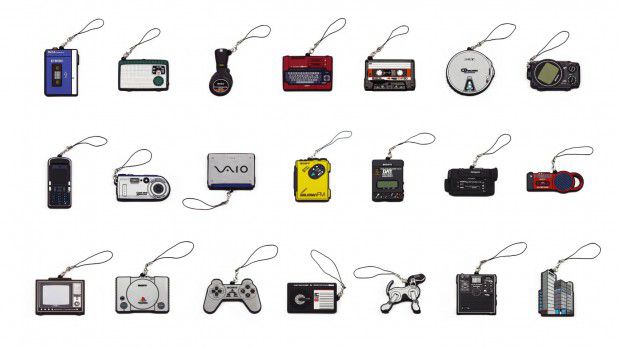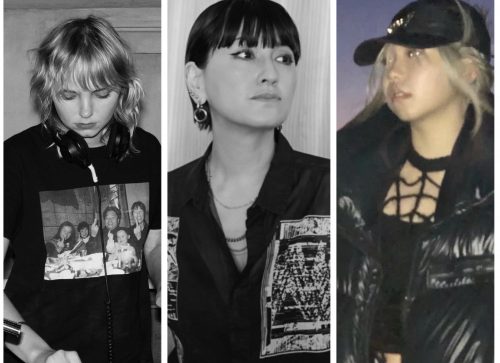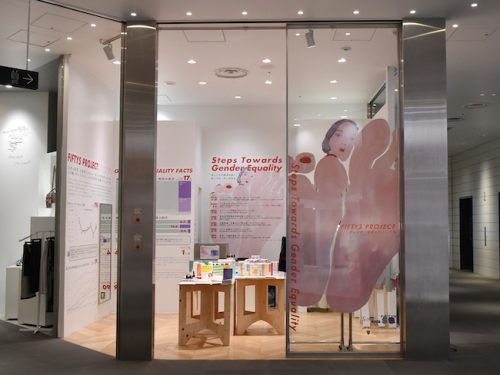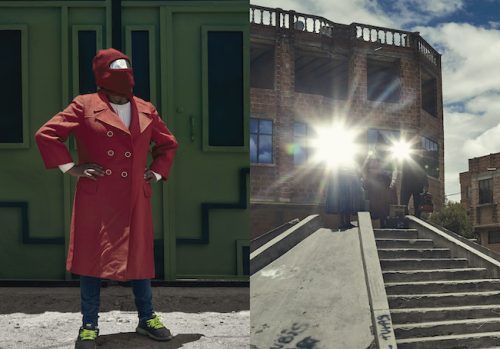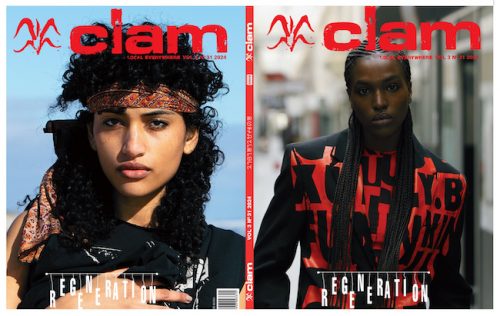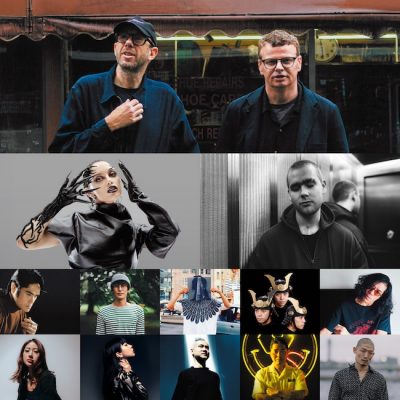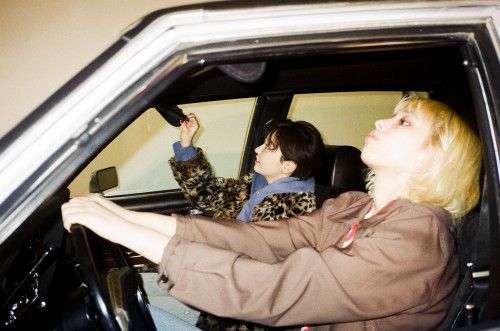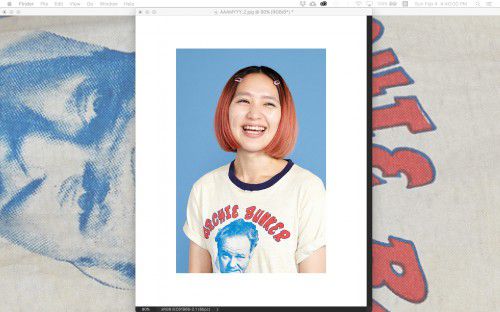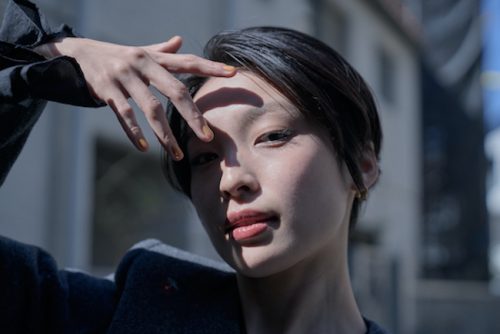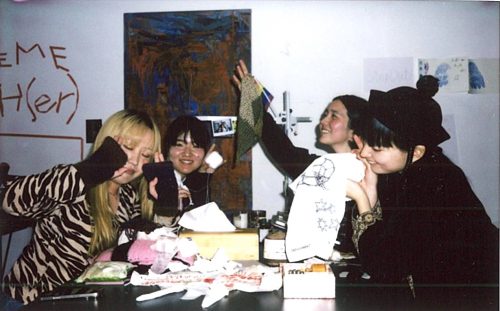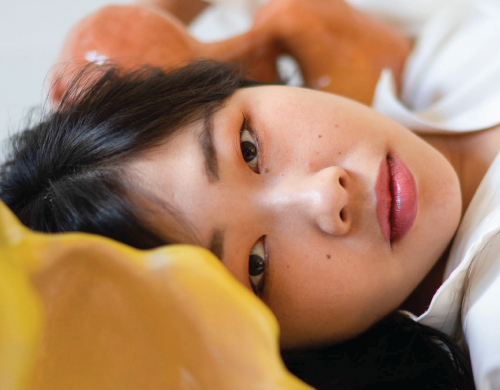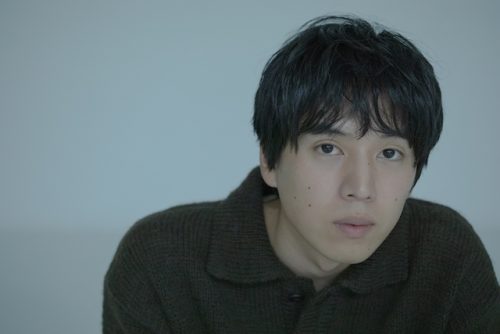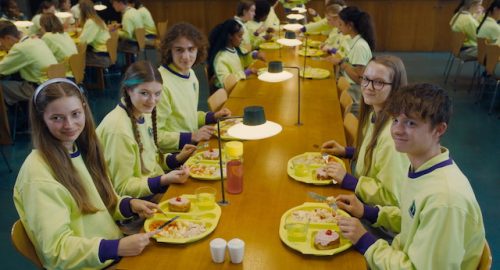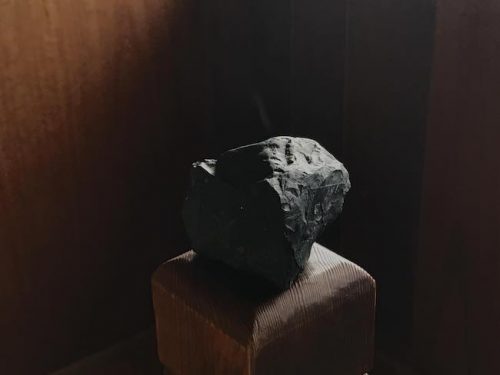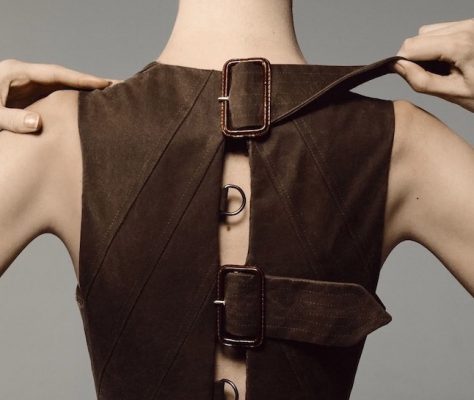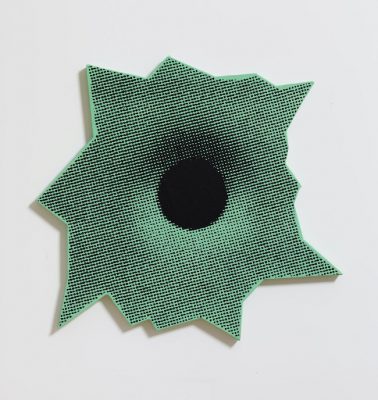近年アナログコンテンツブームが顕著化しているが、その牽引役となっているのは実はデジタル・ネイティブ世代だ。デジタルツールやクラウドサービスの定着化による揺り戻しとして、温かみや味わいのあるアナログ機器が心揺さぶる。テクノロジーによって文化革新が起こり、回帰していく現象は今に始まった事ではなくその局面に現在我々はまた居合わせているのだ。
技術面とデザイン面ともに常に時代の旗手でありつづけるソニーは歴代のモデルをエピソードと共に展示している資料館を有している。ソニー創業にまつわる数々の著書や、館内に展示されている人材募集広告「『出るクイ』を求む!」(1969年掲載)からも革新的な姿勢がうかがい知れるが、その姿勢を一番強く反映しているのは歴代のプロダクトだろう。
今回のテーマである90年代の製品中心に何故いまアナログが人々に求められているのか、そして文化革新の独創性となる源とは何か、ヒントを探しに伺った。
Recently, the analog contents boom has become evident – the driving force of this is the digital natives’ generation. As a backlash from the fixation of digital tools and cloud services, analog machines shake our hearts with a certain familiar warmth. From technology, came the Cultural Revolution and the phenomenon in which we tend to return to origins is not something that has just begun today. Instead, we are simply present again.
Sony, always the flag-bearer in both technology and design, has a museum that showcases models of history along with its episodes. From books that surround the Sony founders as well as “Requesting ‘Deru kui’!” (1969), a recruitment advertisement shown in the building, we can see its revolutionary stance. Successive products are what strongly reflect this stance the most.
We set off to search for the theme of why analog products, specifically products from the 90s, are wanted by people, and what the main source of the originality of the Cultural Revolution is.
——歴代のプロダクトを拝見して、今見ても遜色ないデザインや機能性に驚きました。ソニーの「時代を先導する」という精神がみて取れます。まず商品開発についておうかがいしたいのですが、固定のチームという形態なのでしょうか?
広報担当(以下略)「既存カテゴリーの商品開発や商品企画は基本的には事業ユニットが行い実際に自ら試作するといった流れなのですが、新しい商品やサービスの提案は担当部署など関係なく社内の誰がやっても良いことになっています。誰もが参加できる社内オーディションが設けられていて、勝ち抜けば商品化のプロセスに乗るというシンプルな体制です。例えば現在の新規事業としてwena(2016年発売 http://wena.jp/)というアナログ時計のベルト部分にスマートウォッチの機能を搭載させた製品がありますが、これはデバイスやガジェットが大好きな若手社員が、あったらいいなと思っていた商品のアイデアが社内オーディションを経て実際に商品化されたものです。まずはとにかくアイデアが重要で、広いところから集め良いとなったら皆が協力するのです。
ソニーには昔から『自分のキャリアは自分で作る』という考え方があります。人事部が決めるのではなく、自分で意思表示し、それを実現するというものです。具体的には、今から50年以上前の1966年から社内募集という制度があり、テレビの設計者が広報をやってみたいと思えば応募していい。上司に言う必要もなく、本人に異動したい意思があるならばさせようといったものです。何事につけても自主性や挑戦を重んじるという風土が根付いているのです。
これには、創業者である井深•盛田の『人のやらないことをやろう』という考えが反映されており、そこから自ずと『お客様の好奇心を刺激し感動を与えるプロダクトやコンテンツの提供』という企業姿勢が出来上がっているのだと思います。現CEOも“感動”というテーマを掲げていますが、『こんなものがあったら面白いんじゃないか』ということを常に真剣に考えて実現させるために取り組んでいます」
–Looking at successive products, I was blown away by designs that are still superior today. We recognize Sony’s spirit of “leading the generation”. First, I would like to ask you about product development – is there a fixed team for it?
Public relations department: “Product development and planning for existing categories are usually done by the business unit, and they actually make the prototypes themselves. It is agreed that suggestions for new products and services can be made by anyone in the company, regardless of their department. There are in-company auditions that anyone can attend, and if you are chosen, you proceed to the product commercialization process – it’s a simple system. For example, our new product wena (released 2016), an analog watch with smart watch functions on its belt, was developed by a young employee who loved devices and gadgets and wondered how great it would be if there were a product like so. wena is an example of a product that passed the company auditions and turned into a commercialized product. First and foremost, ideas are crucial. If they are gathered from a wide range, everyone from various department cooperates.
There has been a way of thinking in Sony from long ago; “you make your own career”. The human resources department does not decide for you. You show them your interests, and you make it a reality. Specifically, from 1966 (more than 50 years ago), there has been a system called in-company recruitment – if T.V. designers thought they wanted to try PR, they could apply. They don’t even have to tell their bosses. If the individual desires to transfer, the company will allow it. They greatly value autonomy and challenging ones ‘self.
This reflects the founders, Masaru Ibuka’s and Akio Morita’s principle: “do something that other people don’t do”. Naturally from there, the corporate stance of “a company that inspires and fulfills your curiosity” is made. The current CEO Kazuo Hirai also raises the theme of “Everything we do, is to move you emotionally”. We seriously consider how people may think “it would be interesting to see this kind of product”, and work hard to make that product come to life.”
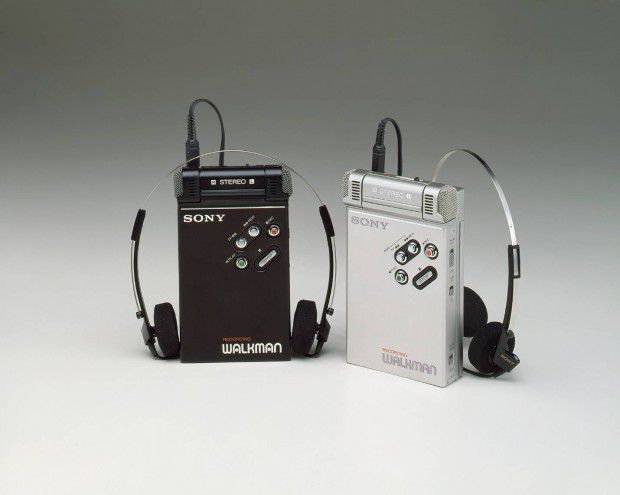
——まさにそれを体現したのが1979年に発売した初代ウォークマン®。「音楽を持ち運ぶ」という新しいライフスタイルを拓いていった先駆者です。
「わざわざ居間に行ってラジオを聴くといった時代から、自分専用の小型のトランジスタ(1955年/TR-55)の発売で自分の部屋で聴くようになった流れもあるように、プロダクトはそれを使用する方々のライフスタイルも変えていきます。その音楽を身につけるという一連の流れからウォークマン®もできました」
–What embodied that exactly is the first Walkman ®, released in 1979. They are pioneers that opened up a new lifestyle of ‘carrying around music’.
“From a generation when people would take their times to go to the living room to listen to the radio, we have come to listen to music in our own rooms on our personal, small transistor radio(1955, TR-55). Products have come to change the lifestyles of the users. The Walkman® was developed from a series of events that lead to the concept of portable music.
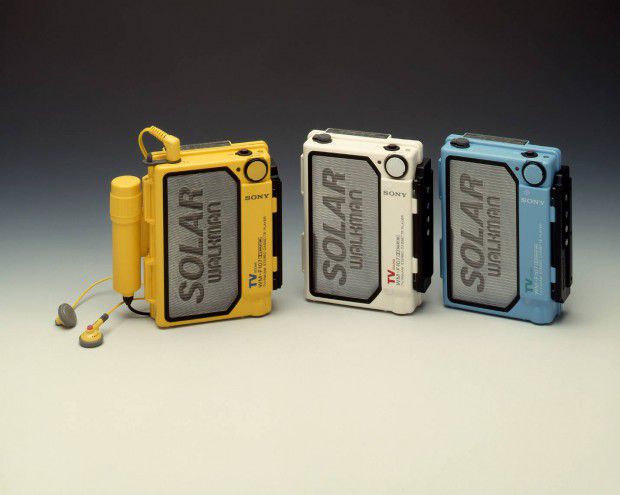
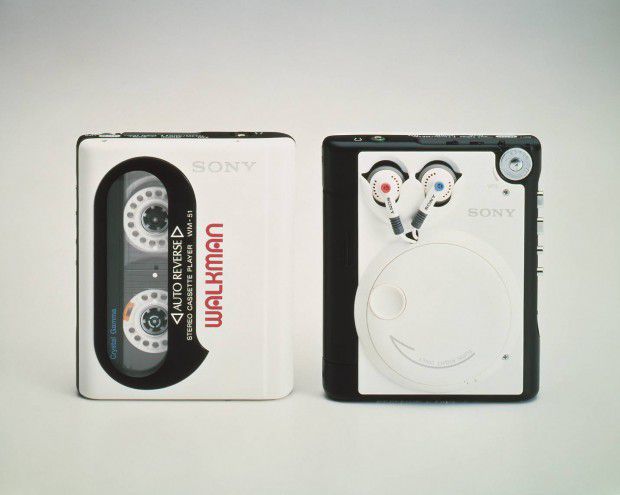
——ウォークマン®の多様さに象徴されるように、デザイン性の高さもソニーの特徴です。
「1958年のTR-610の発売では、デザイン性がソニーの製品を世界へ届けました。この製品は初めは輸出用モデルだったのですが、デザインが受けてヒット商品となりました。1965年には家具的な木目調が主流の時代に、いち早くブラック&シルバーのラジオ(TFM-110)を商品化したのもソニーです。井深と盛田もデザインにはこだわりがありましたが、当時はデザインに一貫性がありませんでした。それをまとめたのが、1952年に入社し、のちに社長会長も歴任した大賀典雄。彼はデザインに造詣が深く、入社するやいなやデザイン室を立ち上げ、デザインに携わる人間をまとめ、どのプロダクトを見てもソニーのものであるとわかるような見た目にこだわったのです。そこには谷口修平など著名なデザイナーが在籍していました。ソニーのデザイン部門はアンディ•ウォーホルとも交流があり、ウォーホルによるウォークマン®を題材にしたリトグラフ作品も残されています(2016年に開催された『It’s a sony展』にて展示)。大賀は『SONY』の四文字のロゴにも強いこだわりを持ち、洗練されたロゴを作り上げるため、形状を何度も変えて1973年に現在のロゴが完成しました。発売前の試作品のデザインで出来が悪いものがあると、怒って叩き壊したという伝説もあります(笑)」
–Just as the diversity of Walkman® symbolizes Sony, the level of design is also Sony’s defining characteristic.
“The release of the 1958 TR-610 brought Sony’s designs to the global market. This product was originally a model exclusively for exports, but the design was admired and became a hit product globally. Sony was also the one to develop the “black and silver” radio (TFM-110) during a time when furniture wood graining was mainstream. Ibuka and Morita were particular about designs, but there was no cohesion in the designs back then. Norio Ohga, later president who joined the company in 1959 was the one who made the designs consistent. He was very familiar with industrial design, and not long after joining the company he established a design studio, gathered a design team and was very particular about creating products that anyone would be able to tell is from Sony. There, famous designers such as Shuhei Taniguchi were registered. Sony’s design team also had connections with Andy Warhol and there are lithograph artworks left by Warhol that have a Walkman® theme (shown in the 2016 exhibition in Ginza, “It’s a Sony”). Ohga has a strong preference for the 4 letter logo of “SONY”. To create a sophisticated logo, he changed the logo many times until it was finally completed in 1973 as the logo we know today. There is a legend that if there is a prototype that is of poor quality pre-release, Ohga, out of anger, would break it apart, haha.”
——今回の特集テーマである90年代の製品にはそんなデザインに注力した方が関わってらっしゃったのですね。
「そうですね。大賀はデザインに対して人並みはずれた関心を持った人でした。また、デジタル化が一般に進んだことで年齢や性別に関係なく、誰でも電子機器を身近に置くようになった大きな転換期でもあり、カラーバリエーションを増やしたり、サイズのコンパクト化や軽量化も90年代の製品デザインには大きく影響されています。パソコンなども80年代は一部のコア層のみが使っていたのですが、 VAIO®の発売頃から1人1台といった感覚になり、デザインもそれに伴って変わっていきました」
–I see that the featured theme of 90s products was influenced by such people that focus heavily on design.
“That’s right. Ohga had out of ordinary interests in design. In addition, it was also a turning point when generally, digitalization advanced and people regardless of their age or gender became intimate with electronics. Increasing color variations and making sizes compact and lightweight also had a great influence on 90s product designs. In the 80s, personal computers were only used by certain core people. However, after the release of VAIO ® in 1996 there came a sense of having one laptop per person, and this was accompanied by changing designs.”
©Ginza Sony Park Project
ソニーの歴代商品のオリジナルラバーストラップ。2016年に開催された「It’s a Sony展」を記念し期間限定で発売、売り切れ続出の人気商品となった/Original rubber straps of Sony’s all-time successive items. Marking the 2016 “It’s a Sony” exhibition in Ginza, it has been sold for a limited period only. It became a product that sold out one after another.
——フューチャリスティックな印象から、一転、このところは肌触りを感じるデザインに再度注目が集まっているようにも思えます。実際に、今年開催されたコンシューマーエレクトロニクスショーでソニー出展ブースのデザインも、木の素材を使って美しくも温かみが感じられる印象でした。現在、そういった見た目が求められている要因は何だと思われますか?
「デジタル化やオンラインのコミュニケーションのみだと行き詰まる部分というものがあるからだと思います。若い世代の方々は、物心ついたときからデジタルデバイスに囲まれて生活しているので人間関係もある種バーチャル的で、その中でどこかでバランスをとろうという心理が作用しているのかもしれません」
–Pivoting from a futuristic impression, recently, it seems as if there is a focus on designs that evoke feelings. As a matter of fact, even from Sony’s booth design at this year’s Consumer Electronics Show (CES), we got a warm and beautiful impression from the wooden materials that were used. What do you think are the factors that contribute to the demand for such visuals?
“I think it’s because there is an extent to how far you can go with only digitalization and online communication. Since people of the younger generation are surrounded by digital devices ever since they could remember, their social lives are somehow virtual. Maybe it’s an action from the mentality of them trying to maintain a balance.”
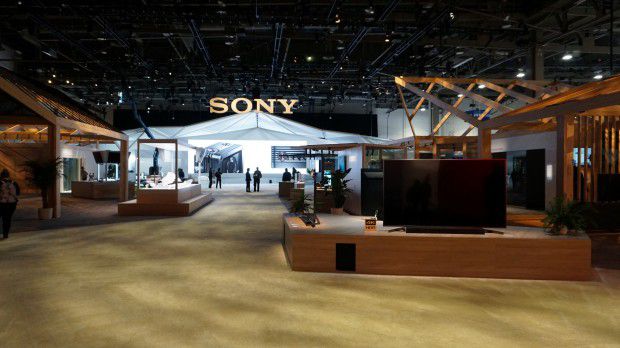
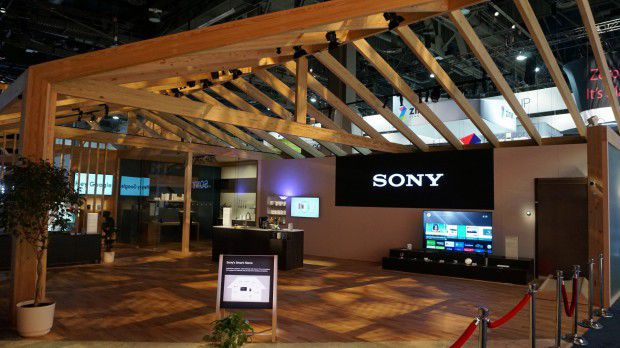
2018年米国ネバダ州ラスベガスにて行われたCESのソニー出展ブースの様子/Sony’s booth at CES, held in Las Vegas, Nevada in 2018.
——2017年にレコードのプレス機を再導入されたことも話題に上がりました。
「アナログレコードをある意味CDで退場させたのもソニーではあるのですけれどね……(笑)。アナログレコード再生産の第1弾として、大瀧詠一とビリー・ジョエルのアルバムを2018年3月21日に発売しますが、この2人は1982年に世界初の音楽CDを発売したアーティストでもあります。
世界初のCDソフトとして生産されたアルバムが36年の時を経た現在、今度はレコードとしてプレスされるというのは面白い現象です」
–The topic of reintroducing analog record pressing machines in 2017 also came up.
“Sony was also the one that sent off analog records with the introduction of CDs…haha. To set off the reintroduction of records, we will release albums of Eiichi Ohtaki and Billy Joel on March 21st, 2018. These two are also the first artists to release music CDs in 1982.
The fact that after 36 years (from the production of the first CD software album), it is now being pressed into a record is an interesting phenomenon.”
——転換期を自身で作り上げ、帰結し、再び転換させるーーその歴史はこの資料館のラインナップを見ていても体感出来ることです。今の時代に新製品を作るにあたって、コンセプトを打ち出すところで何か心がけていらっしゃる事はなにかありますか?
「昔からずっと変わらずに『人々の好奇心を刺激して感動を与える』というのがミッションだと思っています。それに沿ったことが出来ているかということを常に意識して製品作りに取り組むことは一貫しています。それはプロダクトの機能性はもちろん、外観も然りで『持っていて嬉しい、人に見せたくなる製品』というのがデザインの力だと思います。置いていて眺めているだけでも楽しいような製品こそがソニー製品であるように取り組んでいます」
–Creating a turning point yourself, concluding it, and pivoting it yet again – we can feel the history of this from the lineup of this museum. Is there anything you keep in mind when brainstorming a concept for a new product in today’s generation?
“I think ‘inspiring and fulfilling people’s curiosities, and moving them emotionally’ has always been our mission. We make sure we are consistent with ensuring this value and installing it into the creation of our products. Along with our products’ functionality, the outer appearances of our products are natural. The strength of the design is that having the product makes people happy, almost as if they want to show it off. Products in which you experience joy just from placing it down and admiring it are the kind of Sony products we create.
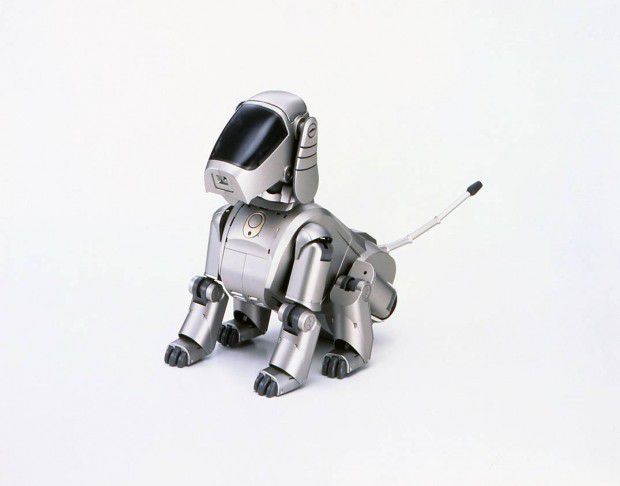
AIBO ERS-110
初代AIBOは家庭用エンタテインメントロボットの草分け的存在として1999年に発売。シルバーメタリックの未来的なルックスはイラストレーター空山基氏によってデザインされた/The first generation AIBO was released in 1999 as a household entertainment robot. It acted as a pioneer product of that time. The silver-metallic color gave off a futuristic look and was designed by illustrator Hajime Sorayama.

aibo ERS-1000
2018年に発売されたaibo最新モデルは触れたくなる丸みを帯びた生命感あふれる佇まいや質感とシームレスなデザインで愛らしく、日本人のみでなく世界の目から見てもまた親しみがもてる姿となった/The newest released model of aibo has a sense of vitality and roundness to it in its seamless appearance, and its design makes people want to touch it. It became a figure that not only gave a sense of familiarity among the Japanese, but also among the eyes of people all over the world.
ソニー歴史資料館 /Sony Archives
https://www.sony.co.jp/SonyInfo/CorporateInfo/History/Museum/index.html?j-short=museum
•入場無料/Free Admission
•完全予約制(下記連絡先に事前予約が必要)/Reservation only (pre-registration required by calling the number below)
TEL: 03-5448-4455 FAX: 03-5448-2560
•休館日(土、日、祝日および会社休日)/Closed: Saturday, Sunday, Holidays and Business Holidays
•営業時間(午前10時〜午後5時)/Hours: 10am-5pm
•所在地 東京都品川区北品川6-6-39/Address 6-6-39 Kitashinagawa,Shinagawa-ku,Tokyo
